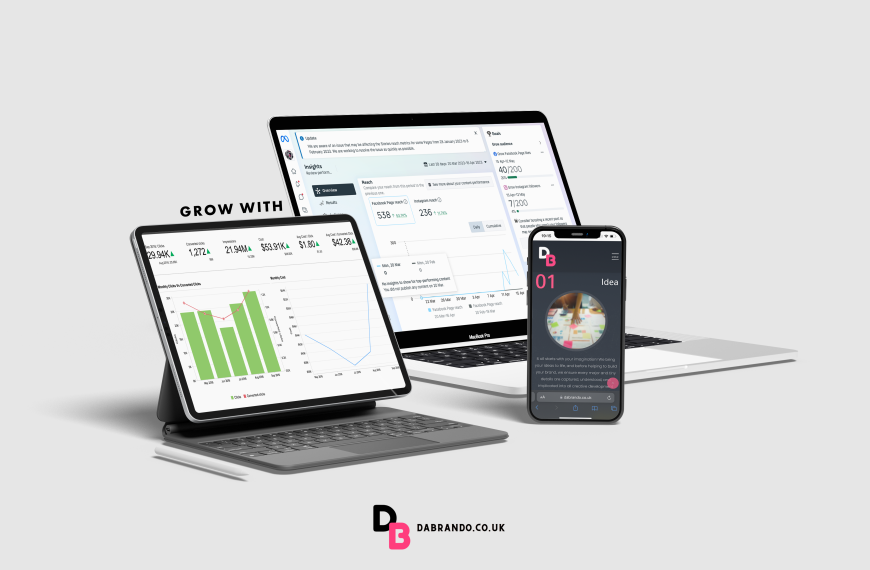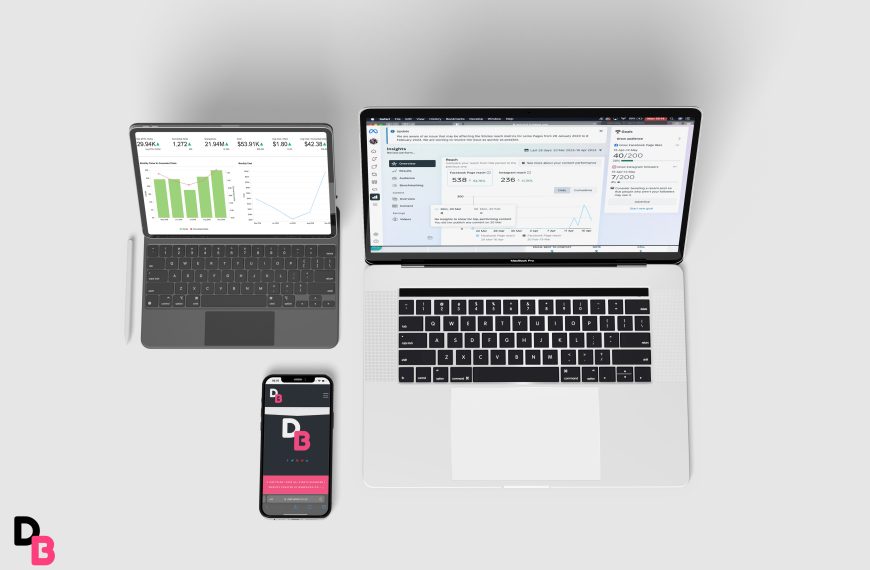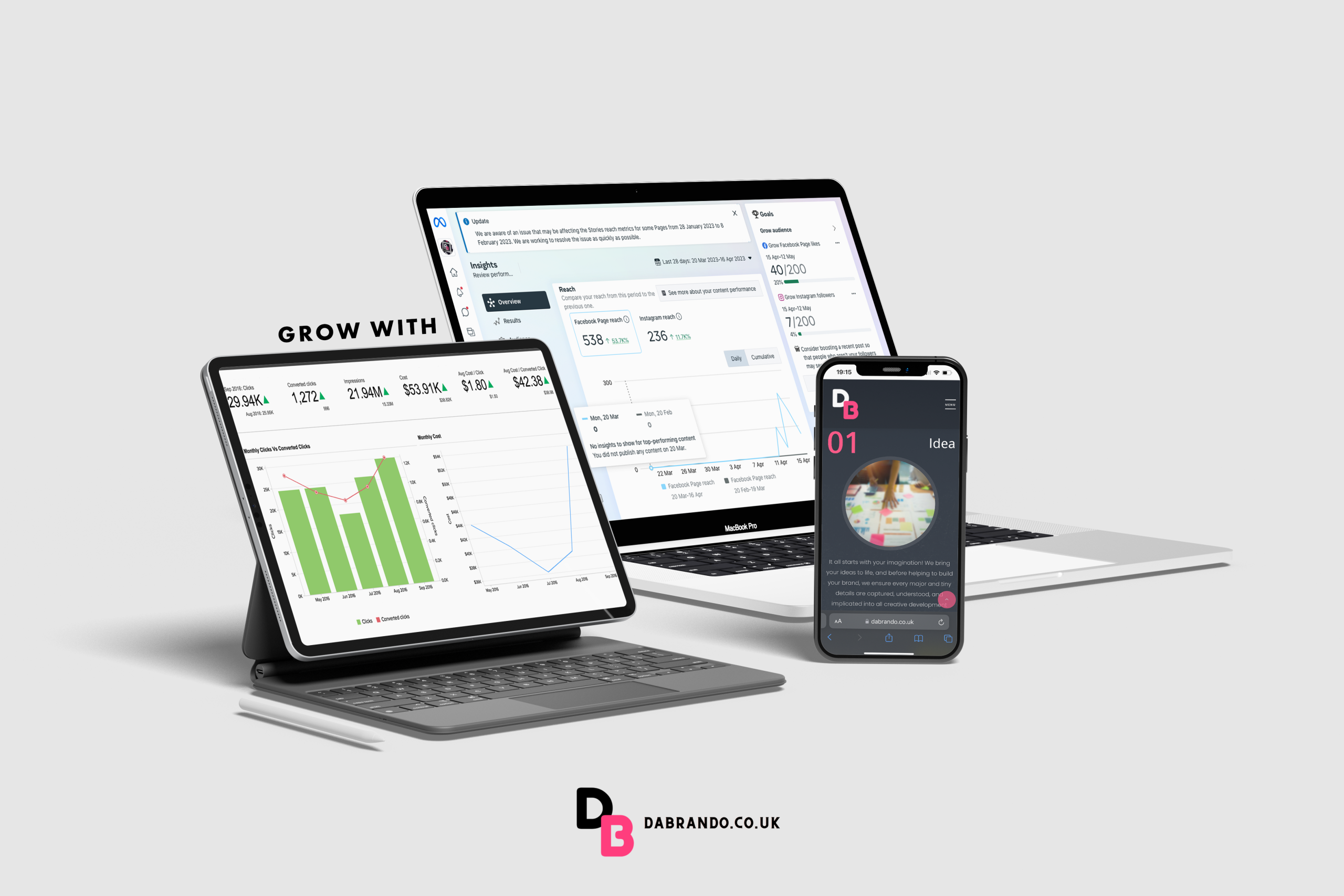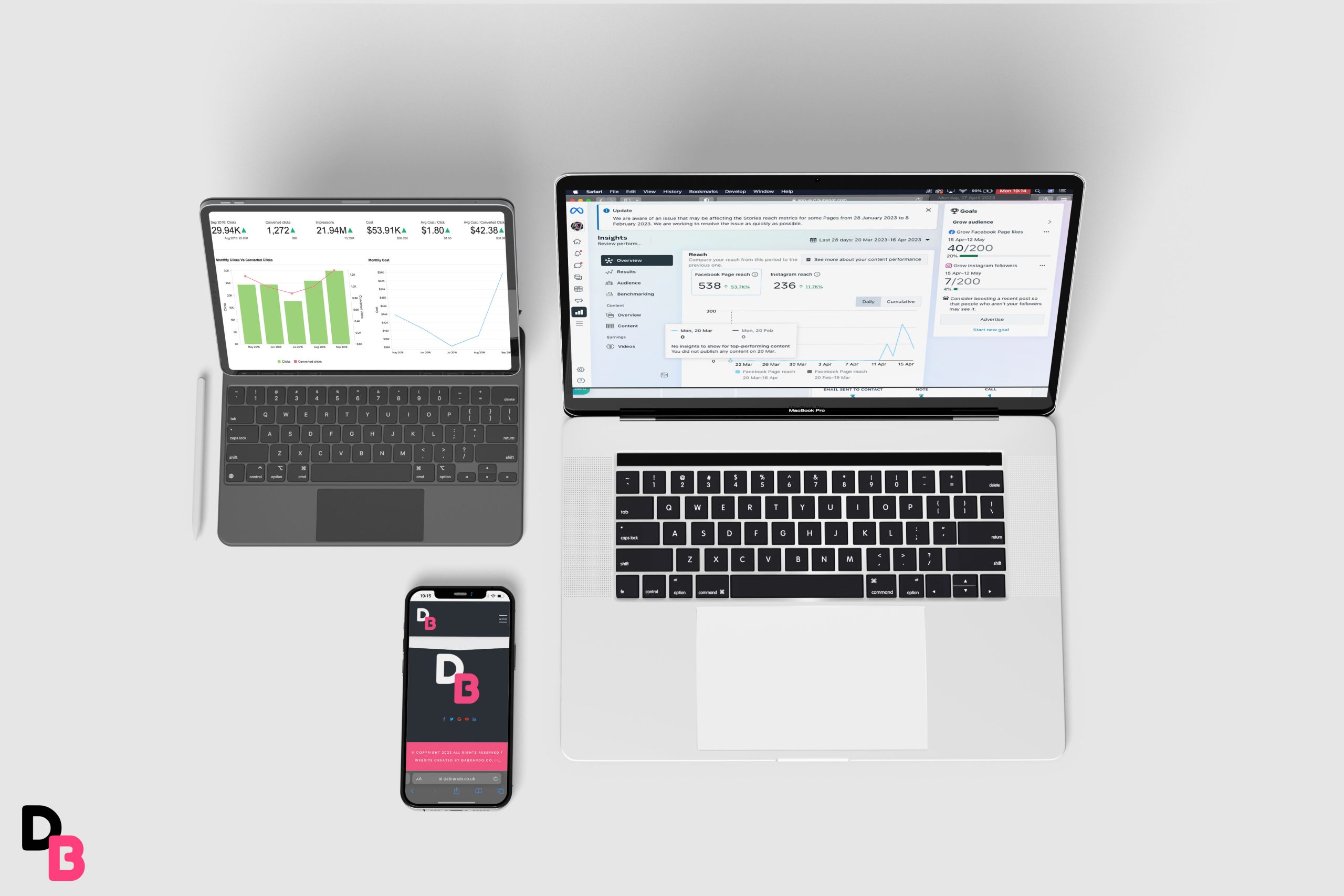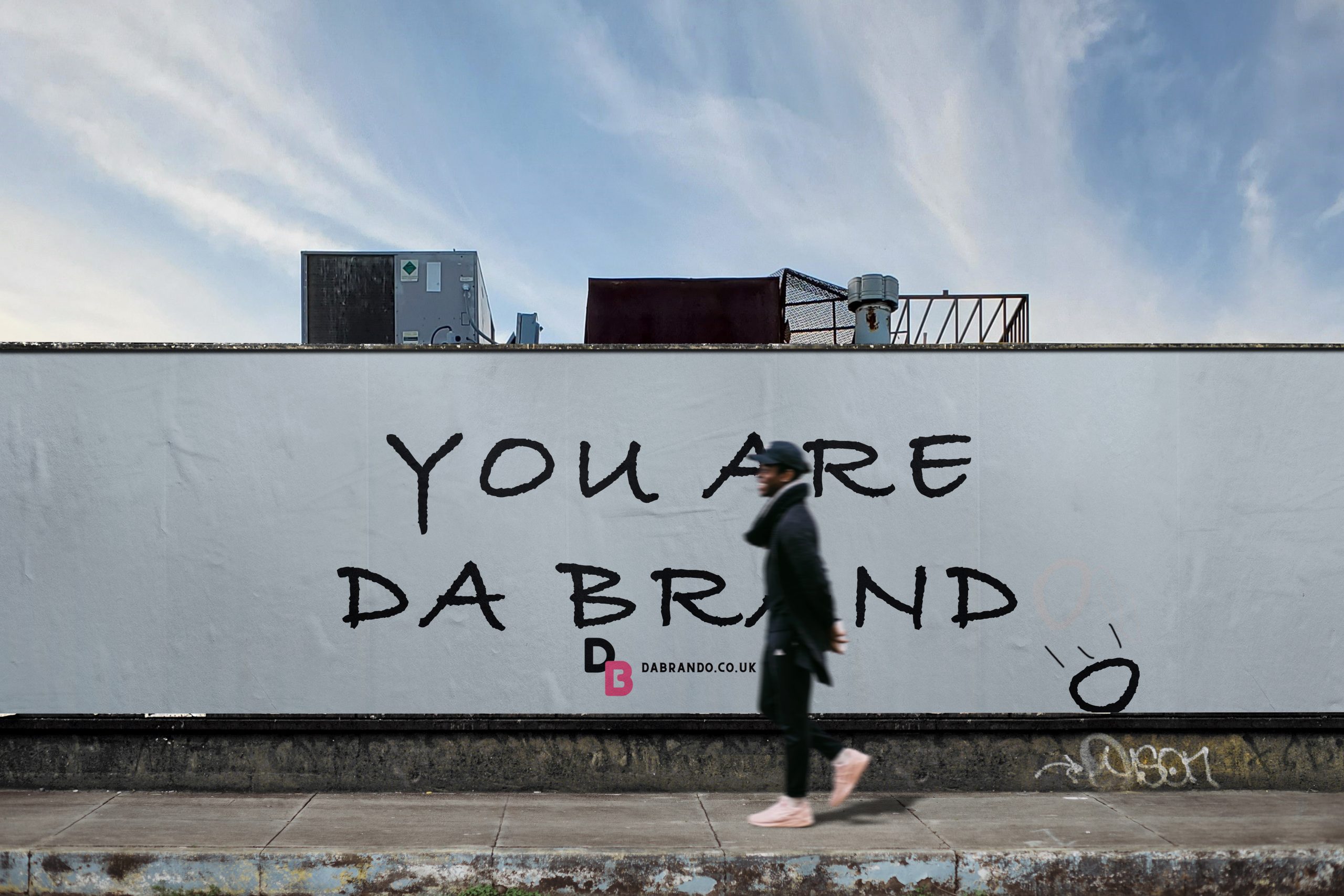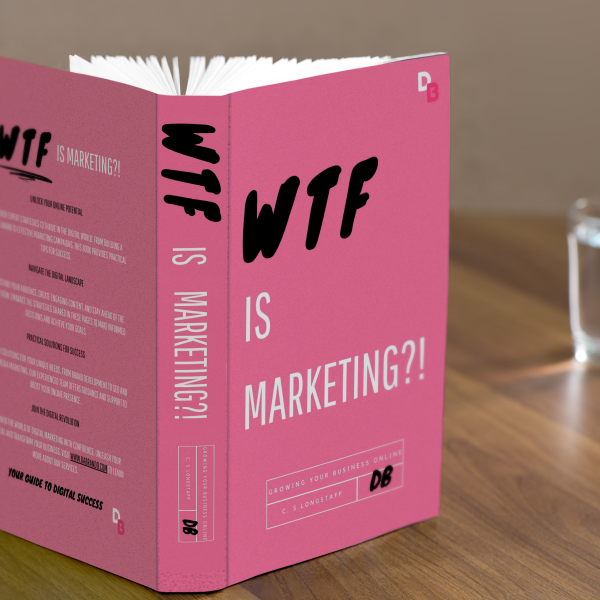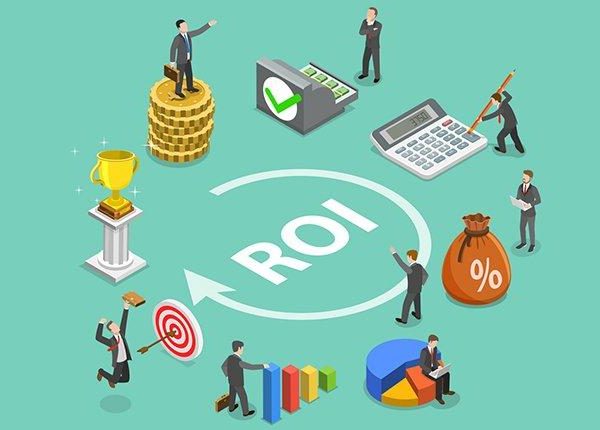How Marketing Has Changed Since The 1960’s
Since before the 1960’s, marketing has changed constantly. It reflects the culture of the time, evolves with technology, and adapts to consumer behaviour.
The strategies we use today didn’t appear overnight — they were shaped by decades of trial, error, and change. To really understand how we got here, it helps to look back at the journey. Starting in the 1960s, marketing has moved from sleek television ads to data-driven online strategies, each decade leaving its own fingerprint on the industry.
Let’s take a walk through the decades and explore how marketing has changed, what drove the shifts, and how it continues to transform.
The 1960s and 70s: The Age of Madison Avenue
Marketing in the 60s and 70s was all about big ideas. This was the golden age of advertising, made famous by the Mad Men era. The industry was powered by creative minds, polished copy, and glossy print. Television was becoming mainstream and brands knew it was the most powerful way to reach the masses. There were fewer channels and less noise. A well-placed commercial could reach an entire generation.
Back then, marketing was all about image and aspiration. Brands like Coca-Cola, Volkswagen, and Marlboro built their identities through clever slogans and iconic visuals. Marketing teams were less focused on research and more driven by gut instinct and creative storytelling. The customer was a passive audience. You showed them the product and told them how it would improve their life.
There was a romanticism to this era. Campaigns were carefully crafted, and advertisers were seen as cultural tastemakers. But behind the charm, there was very little in the way of feedback or measurable results. Brands relied on broad reach and hope. You put your ad on television or in a magazine, and you waited.
The 1980s: Bigger, Louder, Flashier
In the 1980s, everything got bigger — from haircuts to brand budgets. The rise of consumerism and cable television brought with it a more competitive marketplace. Marketing began to shift toward lifestyle and emotion. This was the decade of Nike’s “Just Do It” and Apple’s legendary 1984 commercial. Brands were no longer selling products. They were selling identities.
With the emergence of MTV, marketers realised the power of music and pop culture. Advertisements started to feel like mini-movies or music videos. Colour, sound, and emotion were everything. People bought into brands because of how they made them feel, not just what they offered.
This era also saw the growth of direct marketing. Telemarketing and mail-order catalogues gave businesses a way to speak to consumers more directly. While traditional advertising was still dominant, marketers were beginning to look for ways to connect more personally.
But even as the ads got louder, the data was still missing. Marketers had to guess whether a campaign worked. Metrics were vague. Sales numbers might rise, but linking them directly to a campaign was difficult.

The 1990s: The Birth of Digital
Then came the 90s, and with it, the early internet. This decade was a turning point, though nobody fully realised it at the time. Email marketing emerged. Banner ads began to pop up. Websites became the new storefronts. Marketing was slowly moving online.
Traditional marketing was still in full force — think television, radio, billboards, and magazines — but digital was creeping in. Marketers started collecting email addresses and sending newsletters. At the time, it felt revolutionary. Suddenly, you could reach someone at home, at work, and maybe even follow up.
Search engines were still basic, but they planted the seed for what was to come. Brands started thinking about keywords and rankings. The internet gave customers more control. They could learn about a product before speaking to a salesperson. It was the beginning of a shift in power.
At the same time, loyalty programs and early CRM systems were beginning to give brands a better view of their customers. The concept of data-driven marketing was taking shape. It was messy, often manual, and definitely slow — but the idea that marketing could be measured was catching on.
The 2000s: Welcome to the Digital Revolution
The 2000s were the digital awakening. Google became the front door to the internet. Facebook launched. YouTube exploded. Suddenly, anyone could create content and share it with the world.
Marketing was no longer a one-way conversation. Customers were talking back. They were reviewing products, sharing opinions, and building online communities. Brands had to listen and respond. This was the era when SEO became a necessity and social media was no longer optional.
Email marketing matured. Websites got smarter. Analytics tools gave marketers insights they had only dreamed of. Pay-per-click advertising and Google Ads gave businesses more control over where and how they appeared online. Marketing budgets began shifting. Print declined. Digital rose.
This decade also marked the start of content marketing. Brands started publishing blogs, videos, and guides. The goal was no longer to interrupt but to attract. If you could provide value, people would come to you. This was a huge shift from the interruptive ads of the past.
The 2010s: Data, Personalisation, and Mobile
By the 2010s, smartphones were in every pocket. Social media was no longer just a tool for teenagers. It was a business platform. Instagram became the new storefront. LinkedIn became a lead generator. And Twitter became a real-time customer service channel.
Marketing was now deeply tied to data. Every click, scroll, and search was tracked. Platforms like Facebook and Google offered targeting tools that allowed brands to speak directly to their ideal customer. You could personalise a message down to age, interests, behaviours, and even job title.
Video marketing took off. Influencers became the new celebrities. Email automation tools allowed businesses to create full campaigns based on user behaviour. The funnel got smarter. Lead nurturing became standard.
Customers expected more. They wanted brands to understand them, to respond quickly, and to deliver value before asking for a sale. Loyalty was earned, not assumed. Marketing became more complex, but also more effective.
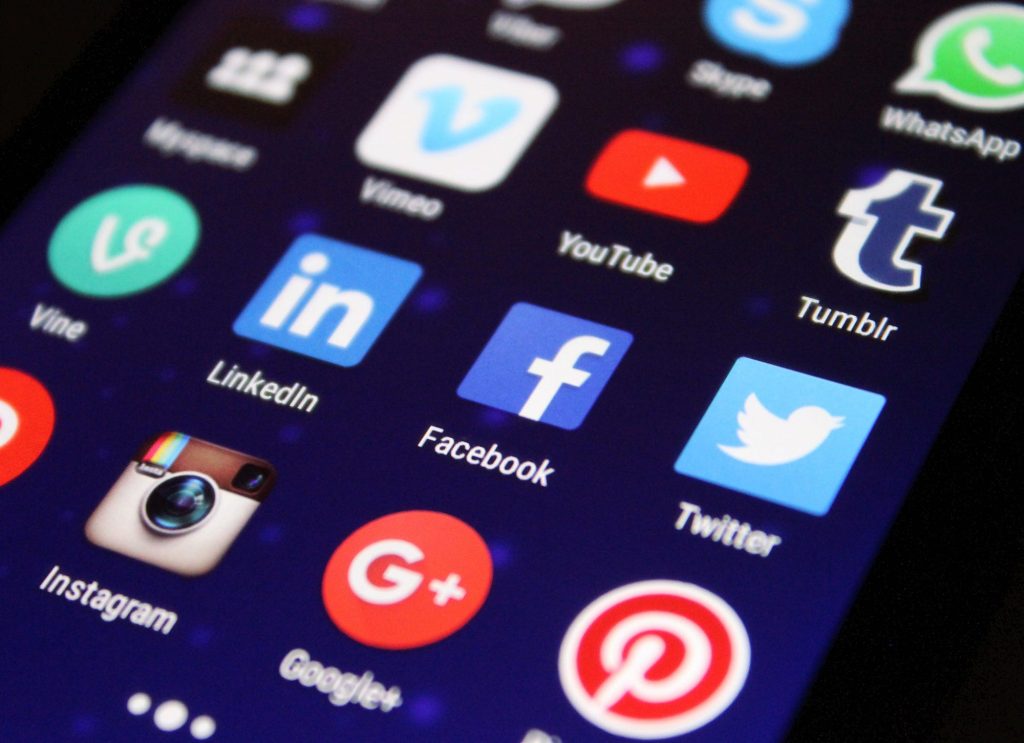
The 2020s: Trust, Authenticity, and the Human Touch
Now, in the 2020s, we are living in a very different world. Marketing is no longer just about selling — it is about building relationships. Trust and authenticity are the currency. Consumers are savvier, more skeptical, and more selective. They see through polished campaigns and empty slogans.
Social media is saturated. Ads are everywhere. Attention is hard to win and even harder to keep. That is why modern marketing is shifting again — toward transparency, values, and experience.
Privacy regulations are changing the rules. Data is still king, but now it must be used responsibly. Brands that misuse data or come off as manipulative are quickly punished. On the other hand, brands that speak honestly, share their journey, and put their customers first tend to win.
People crave connection. They want to support businesses that align with their values. They want behind-the-scenes stories, not perfect facades. And they want experiences that feel personal, not generic.
At Dabrando, we’ve seen this change happen in real time. What worked a few years ago might not work today. Strategies must evolve, and so must the story a brand tells. The heart of marketing has always been about understanding people — their wants, their worries, their hopes. That part has never changed. What has changed is the way we listen, respond, and show up.
Looking Ahead
It’s hard to say exactly where marketing is going next. Artificial intelligence is already rewriting how we create, distribute, and measure campaigns. Virtual reality, voice search, and interactive content are opening new doors. But one thing is certain: the future of marketing will still be built on human connection.
Technology will keep evolving. Platforms will rise and fall. But the core principle — understanding people — will always stay the same.
For us at Dabrando, it’s not about chasing trends. It’s about staying rooted in strategy, while keeping an open mind to what’s next. The landscape will keep changing. The goal remains the same: build real relationships, create real value, and tell stories that matter.
Let us help you craft a strategy that works today — and keeps working tomorrow.
📧 Need help with marketing business? We only charge based on the results we bring clients, no retainers, no hidden fees!
Contact us today at grow@dabrando.co.uk or explore our services to learn more, or Book A Free Discover Call to get started today!
Introducing DaBrando
About DaBrando: Driving Digital Excellence for Visionary Businesses In today’s hyper-competitive digital landscape, businesses of all sizes face one consistent challenge—standing out. Whether you’re an ambitious entrepreneur, a growing SME, or an established brand looking to scale, the digital space…
WTF Is Marketing? | The Ultimate Marketing Book for Ambitious Entrepreneurs & Business-Minded Thinkers
A Comprehensive Marketing Book to guide our readers to time and cost-effective Online Business Success – Unraveling the Secrets of Digital Marketing, Social Media and beyond for Entrepreneurs, Companies, and…
Unleashing the Power of AI in Marketing: A Promising Frontier with Potential Pitfalls
Unleashing the Power of AI in Marketing: A Promising Frontier with Potential Pitfalls In today’s digital era, marketing has evolved significantly, with businesses vying to capture the attention of consumers…
The State of Digital Advertising in 2025: CPC, Conversion Rates & ROI Explained
How to Maximise ROI with Google Ads & Facebook Campaigns Introduction In today’s ever-evolving digital age, online advertising has become a cornerstone of successful marketing strategies. With tech giants like…
Top 20 Companies Founded in Bristol, UK: Revenues, Net Worth’s, and Founders
Top 20 Companies Founded in Bristol, UK: Revenues, Net Worths, and Founders Bristol, a city renowned for its rich industrial heritage and innovative spirit, has been the birthplace of numerous…


